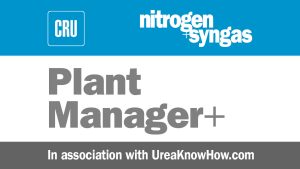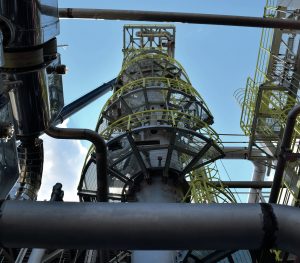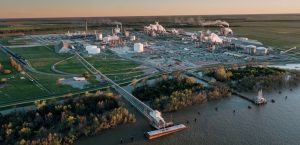
Problem No. 71: Fouling and damage of prilling tower air fans
Today some 75% of all urea plants worldwide operate a prilling tower as the solidification and finishing technology. A prilling tower is a large hollow concrete tower in which concentrated urea melt is sprayed from the top via a rotating bucket or static shower heads. The urea melt droplets cool and solidify while falling down some 70-100 m. The heat is removed by ambient air flowing upwards either as a natural draft due to the temperature increase or forced by means of air blowers.









